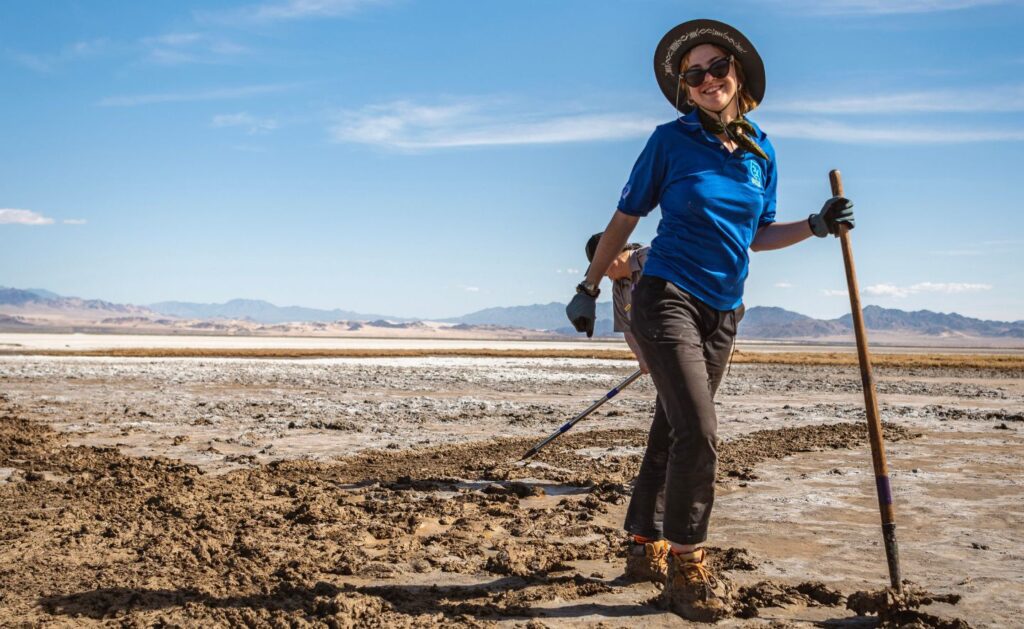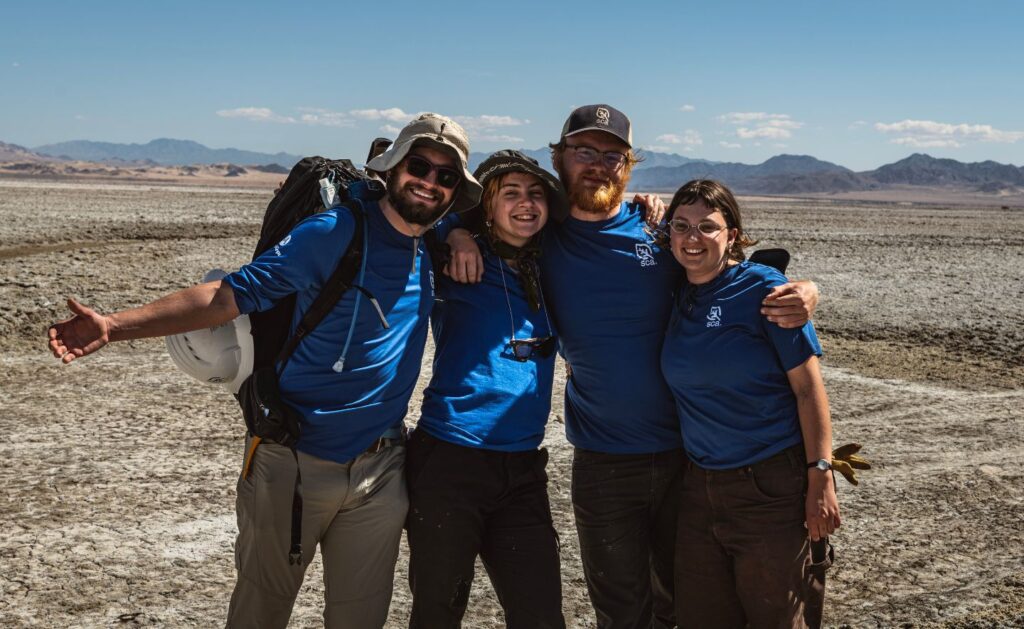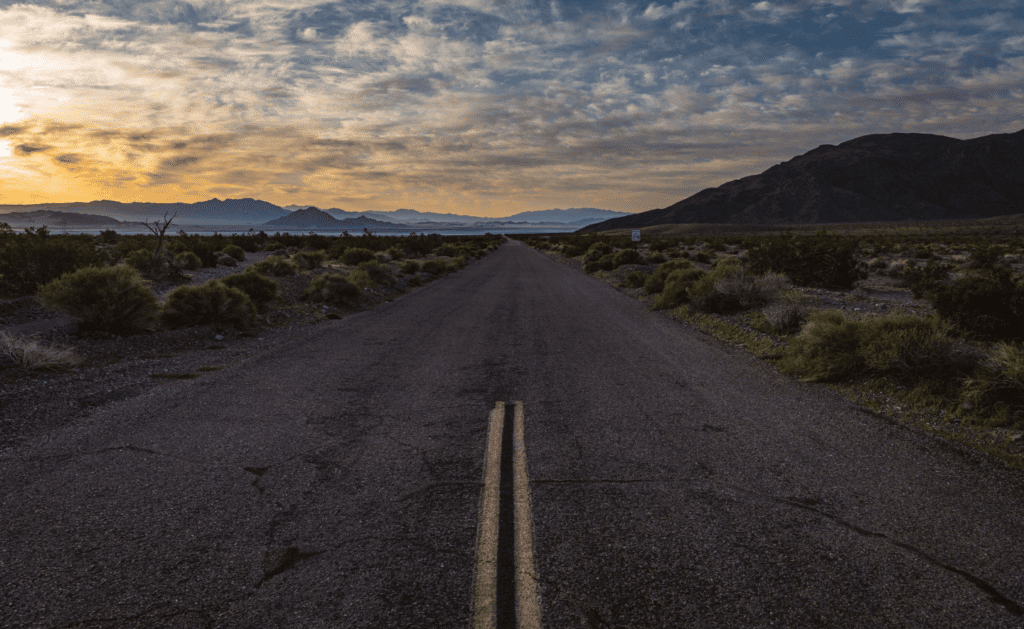For the last decade, members of the SCA’s Desert Restoration Corps have monitored, preserved and repaired fragile habitat at the Mojave National Preserve in Southern California.
The Desert Restoration Corps is one of the SCA’s most challenging programs. Small crews live and work in extremely remote locations, quickly becoming a tight-knit community.
Environmental conditions can be harsh, and the projects themselves are physically and mentally challenging, resulting in an unforgettable conservation adventure that will test their very limits.

Desert Restoration Corps Crew Member Pearl McCann. (Photo Credit: Rafeed Hussain.)
“The best part of working with the service crew was the effect it had on my self-esteem,” crew member Pearl McCann said while helping prep chicken kabob skewers for the evening meal at the campfire. “The SCA has built my confidence … particularly as a woman who never saw myself on an equal playing field physically. I feel differently about myself and my capabilities because I hadn’t tested myself [until now].”
In 2023, the SCA was able to help restore and protect much-needed sections of the Preserve thanks to generous support from REI outdoor outfitters and the National Park Foundation.
“I’m chainsaw certified – Never saw that coming. I’m now thinking about what else have I thought I couldn’t do,” said McCann, 27, of Pittsburgh. “I have the SCA to thank for opening my eyes to how capable I am.”
The crew of four worked along the historic Mojave Road to reverse damage from unauthorized Off-Highway Vehicle use. This iconic road traverses throughout the Preserve and has been nominated to the National Register of Historic Places. To assist with the project, the crew led 24 volunteers who helped remove 4,000 feet of tire tracks using specialized restoration techniques.
Because desert climates are dry and arid, Off-Highway Vehicle use can trample plants, increase erosion and soil damage, and create a habitat where invasive species thrive. The crew placed long-lasting carsonite signs and metal T-posts to prevent future illegal road use.

2023 Mojave Desert Restoration Corps members James Newport, Pearl McCann, Matthew Bell and Sarah Philips. (Photo Credit: Rafeed Hussain.)
In addition to the roadwork, the Mojave crew welcomed and educated park visitors to the Mojave National Preserve at visitor centers and roving around the park. The crew also assisted with repairing ramps for game guzzler watering holes to make it easier for the animals, such as the endangered tortoise and coyotes, to get in and out of.
“It’s so wonderful to be able to do something that I can instantly see making something better,” said crew member Sarah Philips while taking in the splendor of Soda Lake, a large inland lake (now dry) that is part of what remains of the ancient Ice Age Lake Mojave. “I could physically feel what I was doing, and then I could look at it and go, ‘Wow,’ now a desert tortoise isn’t going to get stuck trying to drink water.”
Prior to joining the crew in the desert, Philips, 21, of Oakland, said she didn’t quite know what to expect.
“I was really nervous coming into it … but everyone I have met has been wonderful. We grew together and created loving memories I will take with me,” Philips said. “I will continue my work outdoors with a new understanding of the conservation world. I will forever appreciate my time in the Mojave with the SCA.”

Mojave Desert National Preserve Road. (Photo Credit: Rafeed Hussain.)
Together, they improved 250 acres of land and 2,210 feet of shoreline across the Preserve while interacting with more than 50 visitors and collecting 358 data points, including finding 270 cultural artifacts such as rock flakes, charcoal, animal bones and an indigenous people’s obsidian half-leaf point.
“This was my first work experience after I graduated from the University of Montana with a degree in wildlife biology and a minor in ecosystem restoration. All this gave me valuable insight into the career that I am starting,” said Matthew Bell, 22, of Germantown, Wisconsin. “The best part of this experience is the people I am working with – the other crew members, the project leader, the volunteers in the park, local wildlife biologists and staff cookouts. The camaraderie at the park is by far the best.”